- Friday, April 18, 2025
India have seen a cluster of political parties and leaders challenging big names in elections and defeating them too. But their subsequent show in the office has been less than satisfactory.
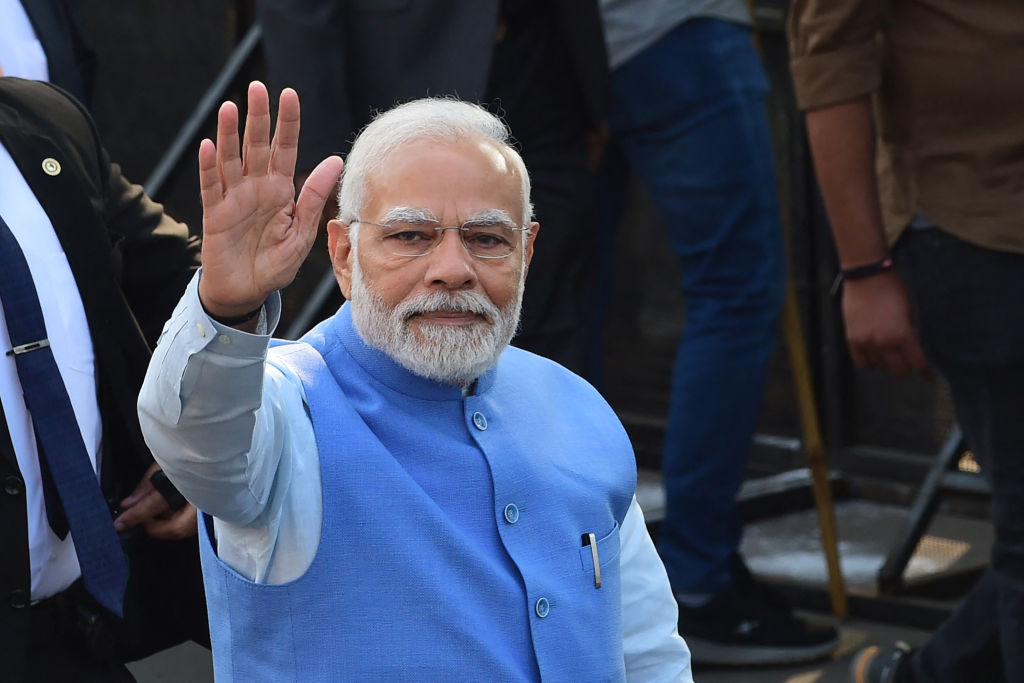
By: Shubham Ghosh
THE 18th national election of India is only two-phase old but the political mercury is only soaring north. The ruling National Democratic Alliance (NDA) led by prime minister Narendra Modi’s Bharatiya Janata Party (BJP) is challenged in this election by the opposition bloc known by the acronym of INDIA — Indian National Developmental Inclusive Alliance which comprises more than two dozen parties and aims to deny the ruling alliance its third straight term in power.
While Modi has guaranteed that he has big plans for India and that the country will become the third-largest economy in the world in his third term, the opposition have accused his government of making the Indian democracy opposition-less by targeting their leaders and fear that India might have its last election this year if Modi wins again.
More than 200 constituencies of India’s popularly elected Lok Sabha or Lower House of the Indian parliament have voted till now and going by the results in these seats in the previous election in 2019, Modi’s BJP/NDA is ahead. But it has to secure 272 seats out of 543 in the Lok Sabha to form the government which is still a long task.
What if the opposition win this election?
With the opposition bloc having a number of big leaders who do not necessarily share a camaraderie, there is apprehension that a political instability might result in such a situation. India, in fact, has seen such instances on not one but two occasions in its democratic history of nearly eight decades.
In 1977, the Indian National Congress, which is the main opposition party today, lost power in New Delhi for the first time after Independence in 1947. Then, another powerful prime minister was in control in the form of Indira Gandhi. Daughter of India’s first prime minister Jawaharlal Nehru, she had evolved into a powerful leader, proving her critics wrong. In 1971, Gandhi had picked a massive victory despite her party getting split but four years later, she started facing challenges at home, including being held guilty of using corrupt electoral practices, that saw her announcing an emergency (1975-77).
Read: When a former PM was assassinated during an Indian election
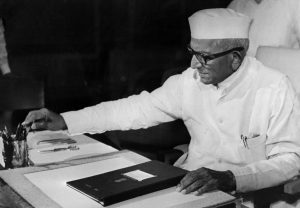
In 1977, Gandhi went to the polls but was defeated which many saw as a result of the emergency. An amalgamation of outfits in the name of the Janata Party won that election. But soon, the alliance started facing internal differences between some of its top leaders such as Morarji Desai (PM between 1977 and 1979), Charan Singh (PM in 1979) and Jagjivan Ram.
Jayaprakash Narayan, an influential political leader who had played a key role in stitching together the anti-Indira alliance, had also passed away in 1979. The end result was the fall of India’s first non-Congress government within three years and enough sympathy for Indira Gandhi who stormed back to power in 1980.
A similar situation had taken place again in 1989-91. This time, the Congress was led by Rajiv Gandhi, the son of Indira Gandhi who was sworn in as the prime minister after she was assassinated by her Sikh bodyguards in October 1984 as a fallout of the crisis in the northern state of Punjab.
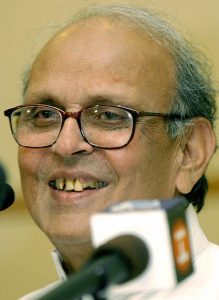
Rajiv Gandhi had started his tenure with great hope but towards the late 1980s, issues such as the Bofors corruption scam had tarnished his government’s image and in 1989, his Congress lost the national elections miserably, paving way for another brief tenure of instability in Indian politics. Vishwanath Pratap Singh, who was once Gandhi’s finance and defence minister but quit the party over differences and formed his own Janata Dal, became the prime minister in 1989 but his government did not last even a year after the Hindu nationalist Bharatiya Janata Party withdrew its support after Singh refused to toe its line of mobilizing Hindu majority sentiments.
After Singh’s government tumbled after losing a vote of confidence, Chandra Sekhar, who was a member of the 1977-80 alliance and a part of the Singh government who later led an internal rebellion against the prime minister, seized the moment to succeed him as India’s eighth PM with the backing of Rajiv’s Congress. However, his duration was even shorter as the Congress withdrew support over an accusation that Sekhar’s government was spying on Rajiv Gandhi. The Janata Dal (Secular) leader’s stay in office ended in June 1991, just seven months after he took over in November 1990.
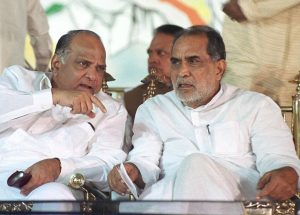
India was set for a repeat of the 1977-80 script with Rajiv Gandhi looking strong to return to power after the 1991 elections but he was assassinated by a human bomber from the Liberation Tigers of Tamil Eelam in Sri Lanka who were decimated in the late 2000s. The Congress was voted back to power and PV Narasimha Rao, the man who carried out the game-changing economic liberalisation of India the same year, became the new prime minister of the country.
There was another such period of instability in Indian politics between 1996, when the Congress lost the elections, and 1999, when the government of former prime minister Atal Bihari Vajpayee lost a no-confidence vote in the parliament by one vote after Jayalalithaa, a firebrand leader from the southern state of Tamil Nadu, had withdrawn her support to the government. Between the Rao government’s end in 1996 and a new Vajpayee government taking over in 1999 for a full term, India had seen as many as three prime ministers — Vajpayee (for 13 days in 1996 and 13 months in 1998-99), HD Deve Gowda (1996-97) and IK Gujral (1997-98).
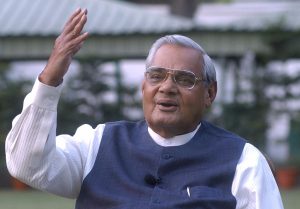
The fall of the Congress as a major force in Indian politics and the yet-to-arrive BJP’s struggles had created a vacuum in the national politics in those years that smaller parties had tried to fill unsuccessfully.
It is since 1999 that India has seen political stability like in the first three decades after Independence returning to its political arena. Vajpayee led a government lasting a full one term (1999-2004) followed by the decades of Manmohan Singh (2004-14) and Modi (since 2014).
The developments between 1977-80, 1989-91 and 1996-99 showed that a coalition of parties challenging big leaders and their parties have not succeeded in delivering the way one would have expected them to. With frequent change of prime ministers and with them the policies, it is eventually the national progress which gets impacted by such instability.
It will be interesting to see what India chooses to do in 2024 when the results of the current elections will be announced.